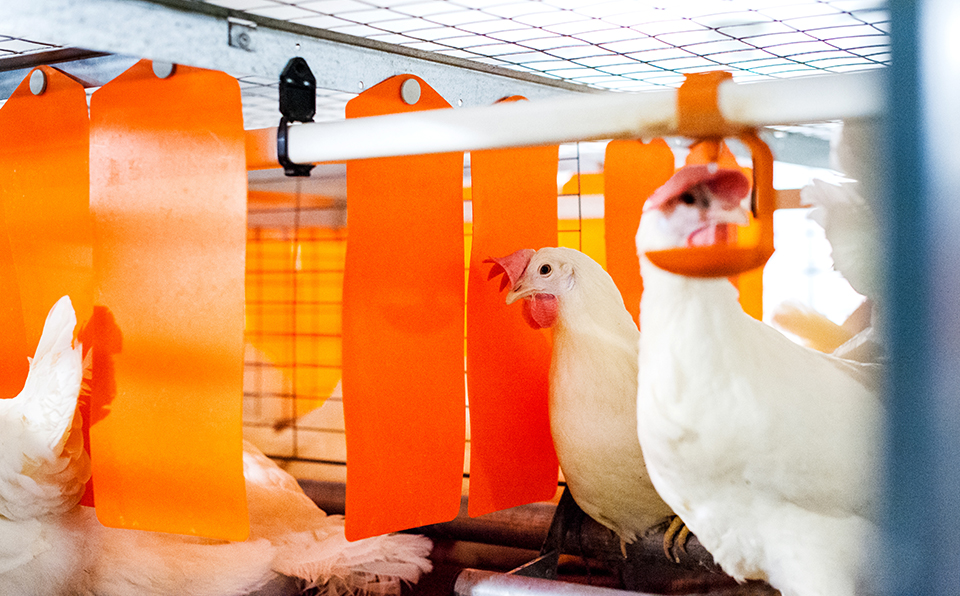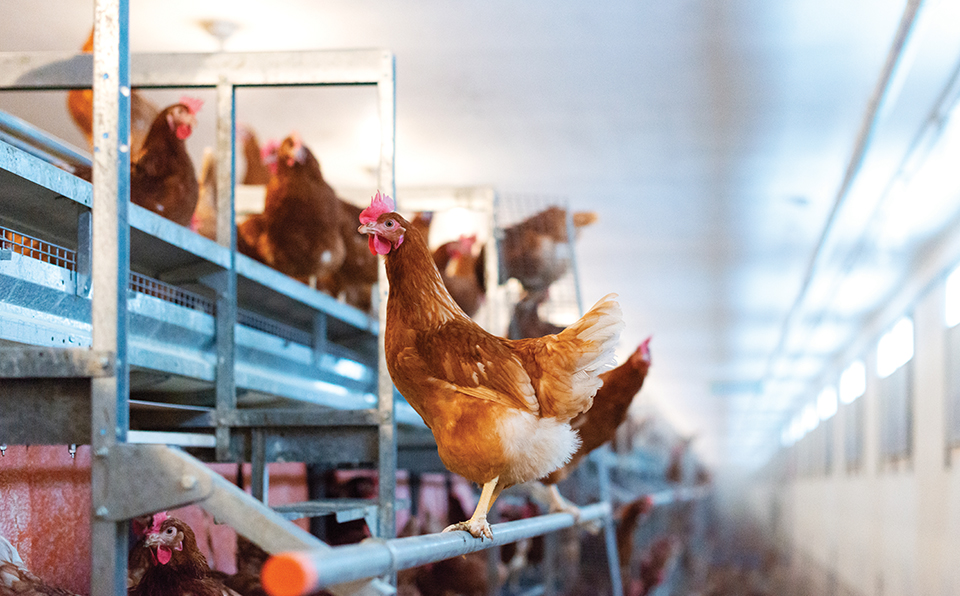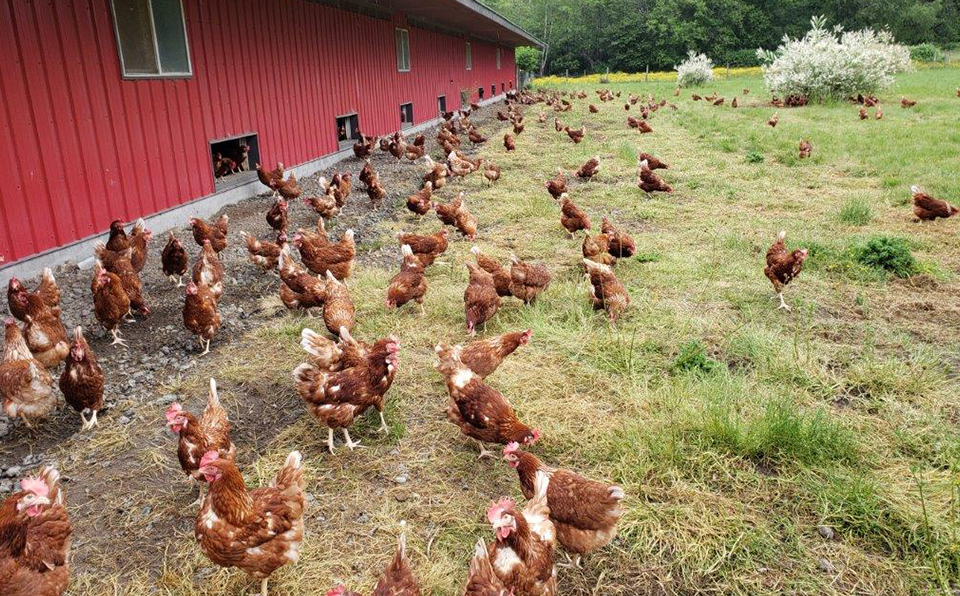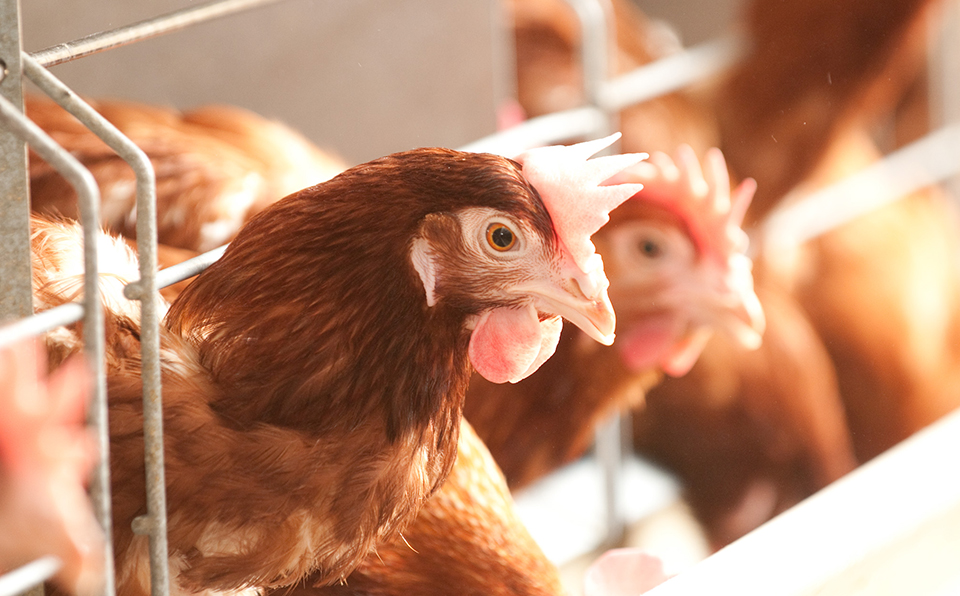
From enriched colony to free run and free range, learn about the different types of hen housing in Canada
By Egg Farmers of CanadaEgg farmers take great pride in providing a range of choice—from classic white and brown eggs to enriched colony, free run and free range, to organic and vitamin enhanced. Every time you choose Canadian eggs, you’re choosing a fresh, nutritious, high-quality food that’s produced according to rigorous standards.
All egg farmers follow a national Animal Care Program and Start Clean-Stay Clean® on-farm food safety program. These include inspections and third-party audits and form the basis for our Egg Quality Assurance™ (EQA®) certification program that certifies Canadian eggs are produced on Canadian farms to rigorous quality standards. Hens have continuous access to nutrient-rich feed and plenty of water, and egg barns are temperature controlled to ensure flocks stay warm in the winter and cool in the summer.
Read on to learn more about the different housing systems in place on Canadian farms.
Enriched colony housing

Enriched colony housing is sometimes referred to as the ‘business class’ of hen housing. Hens live in small groups in these systems, which feature more square footage per bird, giving them extra space to stretch, perch and spread their wings.
Designed to empower natural behaviours, enriched colony housing provides a variety of amenities. For example, hens lay their eggs in privacy away from other hens thanks to curtained nest boxes. Scratch pads satisfy a hen’s natural instincts to scratch for food, and perches provide the ideal spot for hens to roost and sleep above the ground.
Free run housing

In free run housing, hens live in a large group, roaming inside the barn. Hens can perch, scratch and explore, dust bathe and lay their eggs in private nest boxes. Hens in free run barns have litter space or foraging sites, and the large group setting presents a unique dynamic in the flock for farmers to manage.
Some free run barns feature multi-tiered aviaries, giving hens opportunities to explore new surroundings on elevated levels. Think of an aviary like a jungle gym for hens, providing them with room to explore.
Free range housing

Similar to free run barns, free range hens live in a large group, roaming inside the barn. Some free range barns also feature multi-tiered aviaries for hens to explore. These barns have all the amenities available in free run barns, and also offer access to the outdoors, which is seasonally available given our chilly Canadian climate.
Some farms with free range housing systems produce certified organic eggs, where hens are fed certified organic feed and farmers follow the Canadian Organic Standards regulated by the Canadian Food Inspection Agency.
Conventional housing

In conventional housing, hens live in small groups in elevated housing that promotes cleanliness and hen health by keeping manure away from the flock. Canadian egg farmers are actively phasing out conventional hen housing and moving to other systems like enriched colony, free run and free range housing. It’s part of our industry’s efforts to plan for the future and think long-term. This approach represents an important process for Canada’s egg farming sector, which takes into account several key considerations.
No matter the housing system, there’s one thing that doesn’t change: All egg farmers follow rigorous standards for food safety and animal care. Our farmers take pride in caring for their hens and in providing a range of choice for Canadians who enjoy fresh, local, made-in-Canada eggs.
Looking for more information about the varieties of eggs available in Canada? Click here to read our guide to buying eggs.